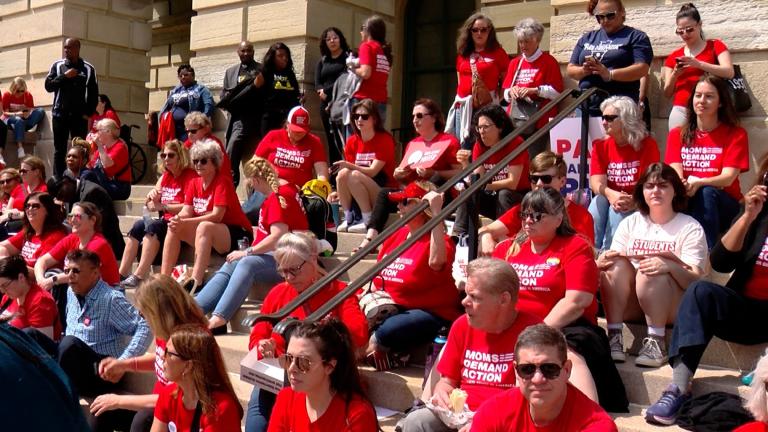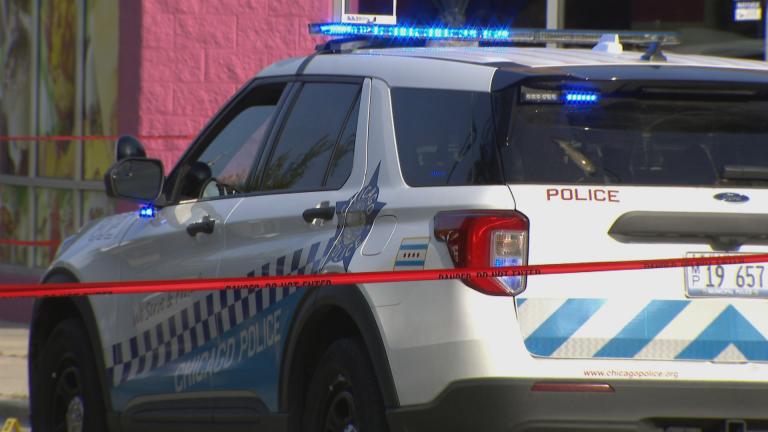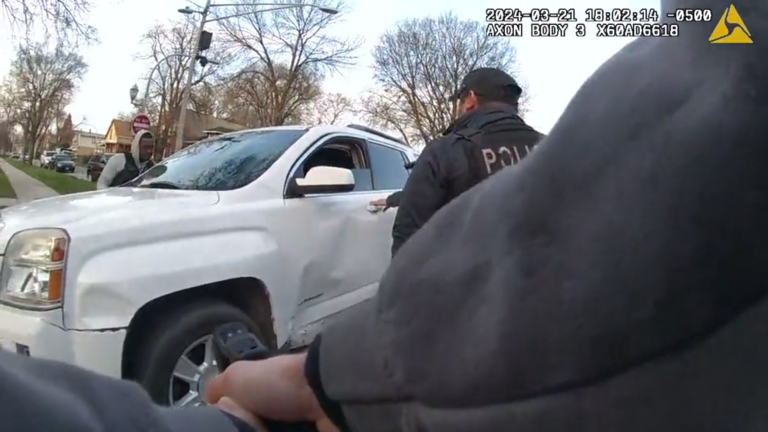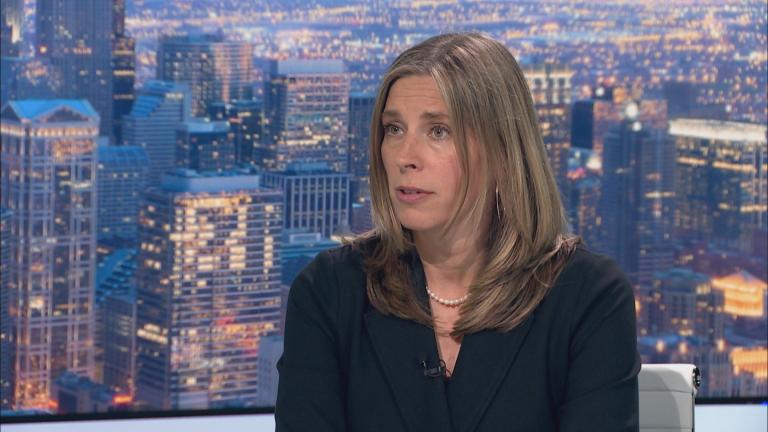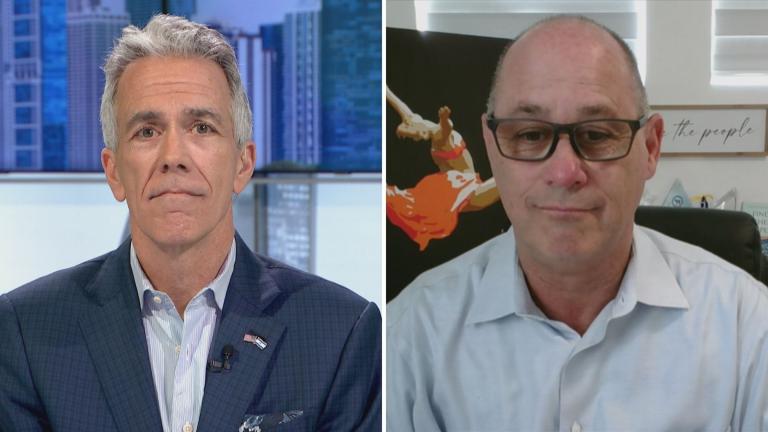Active shooter drills are as common as reading, writing and arithmetic in American schools.
But now the two largest teachers unions – the American Federation of Teachers and the National Education Association – along with the advocacy organization Everytown for Gun Safety, have published new recommendations for lockdown drills, which they say are traumatizing students.
“Everytown, AFT, and NEA do not recommend these drills for students and believe schools should carefully consider these impacts before conducting live drills that involve students and educators,” the report states.
“For schools that do conduct drills, Everytown, AFT, and NEA support—at a minimum—six important stipulations that experts have found can help protect students’ well-being:
- Drills should not include simulations that mimic an actual incident;
- Parents should have advance notice of drills;
- Drills should be announced to students and educators prior to the start;
- Schools should create age and developmentally appropriate drill content with the involvement of school personnel, including school-based mental health professionals;
- Schools should couple drills with trauma-informed approaches to address students’ well-being; and
- Track data about the efficacy and effects of drills.”
Illinois law requires a number of school safety drills including those for fire, severe weather and law enforcement, which include shooting incidents and bomb threats that call for evacuating facilities.
“The Illinois law came about because drills were happening at the end of the school year or on weekends which doesn’t help,” said Paul Adams, a member of the Illinois Terrorism Task Force, School Safety Working Group. That group’s report helped shaped the Illinois active shooter drill law.
“Now schools must have drills within the first 90 days of the school year. The law is written in such a way that it’s up to the school and local law enforcement on what it looks like. It varies across the state. But you don’t want to see here what happened in Indiana,” said Adams, who is also a special education teacher and former police officer.
School administrators in Indiana are under fire for a controversial drill that included shooting non-lethal pellets at teachers. Other drills around the country have involved fake blood and people posing as victims laying on the ground.
“Typically when you do it, the students get under desks or you’re told where in the room you should be,” said Dan Montgomery, president and chief operating officer of the Illinois Federation of Teachers who taught in Skokie for 18 years.
“The lights go out, the doors are locked and sometimes, and this would happen quite frequently, people, administrators would walk down the halls and shake the doors to make sure they’re locked. So that would scare students. And as a teacher, like, that day is shot,” said Montgomery. “Then you have to talk about it with students. In many cases it’s traumatizing.”
Children with anxiety or other trauma in their lives can be triggered with these active shooter drills, said Mashana Smith, a psychologist at the Center for Child Resilience at Lurie Children’s Hospital and assistant professor of psychiatry and behavioral sciences at Northwestern University’s Feinberg School of Medicine.
“One thing that differentiates active shooting drills from fire drills for many is the kind of, like, realness of the experience for the students,” said Smith. “So if we think about fire drills, for example, they’re very careful. They’re oftentimes announced, the students are aware that they’re going to occur and we don’t try to simulate it in the same way that some school districts are trying to simulate it within school environments for the active drill – there isn’t any smoke, there isn’t any fire. You may or may not see the fireman. But it gives you an opportunity to practice how you would react in a situation without making it overly real.”
“These drills have to be done – but also need to be done in a trauma-informed way,” added Adams. “We need to practice leading kids with special needs out of the building. Think about the kids with autism. We need emergency plans with kids who have unique needs.”
Montgomery said there are things schools can do to minimize trauma to kids during drills. “They should never be unannounced. And there are plenty of instances where schools have done these drills unannounced. And they should never simulate shootings in a school setting. That’s also something that has occurred.”
Smith also recommends a number of things to better prepare kids for active shooter drills, including making them developmentally appropriate and age appropriate. She also thinks notifying students in advance would help them avoid drills that could re-traumatize or trigger them.
“If this experience is going to be anxiety-provoking and parents know their children best then they may want to make other decisions. Maybe the student arrives late after the drill has occurred. Maybe the student doesn’t go at all depending on how provoking it could be, or at least it gives the parent an opportunity to kind of brief their child on it, let them know that it’s going to occur, see how they feel about it, do a little processing beforehand and again to inform the parent afterwards.”
But Adams fears that opting out may water down the positive effects of the training. “I’m concerned about blowback on participation – which would defeat the purpose of the drill,” he said.
“The drills alone aren’t going to save anybody,” said Montgomery. “We do know that they can traumatize the kids. So you should have preparedness. We’re not saying there shouldn’t be preparedness. There should be, and you can do drills, but it probably doesn’t have to involve students. If you want to involve students, if the community really feels like they need to involve their students and it has to be done differently.”

